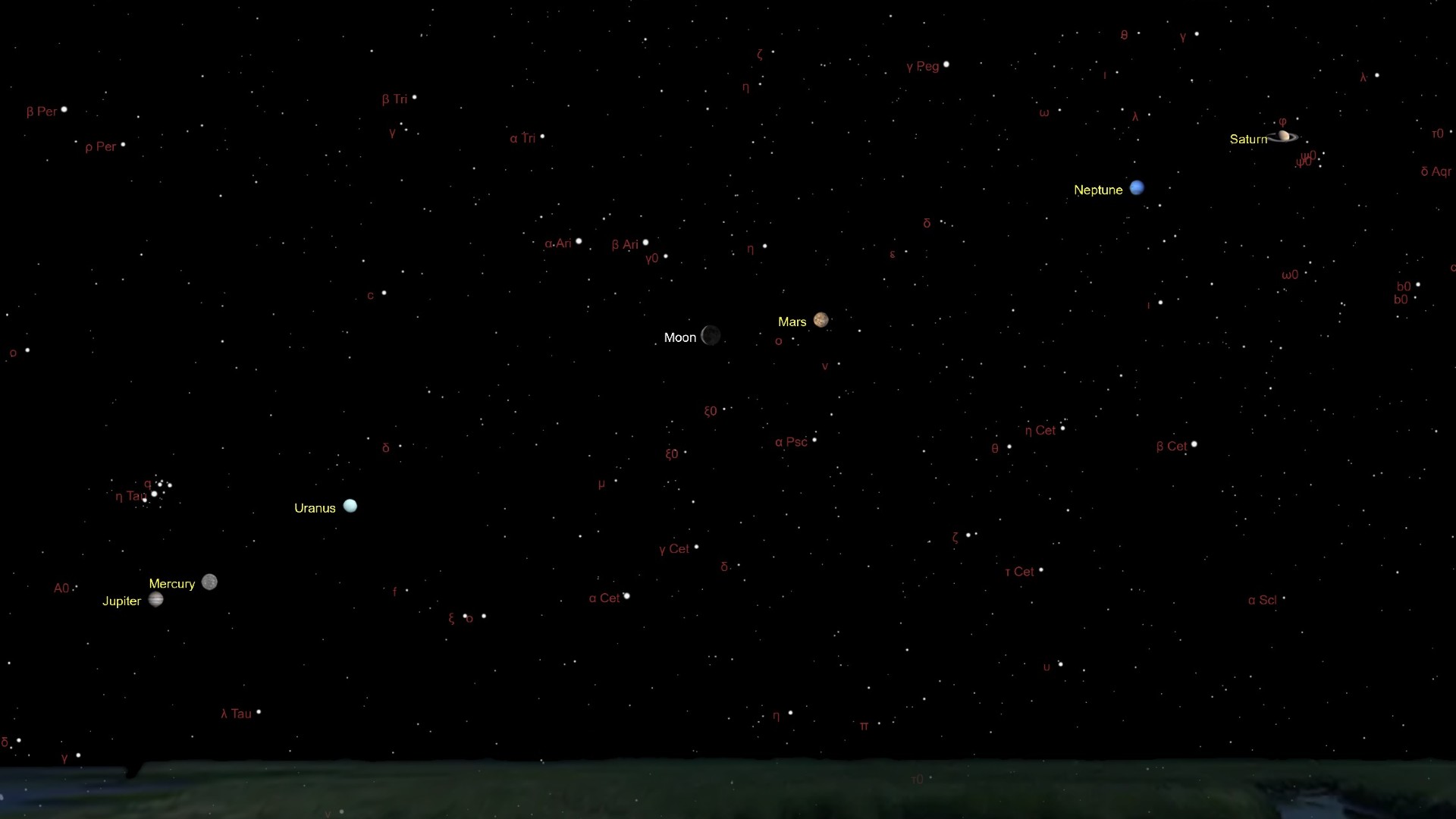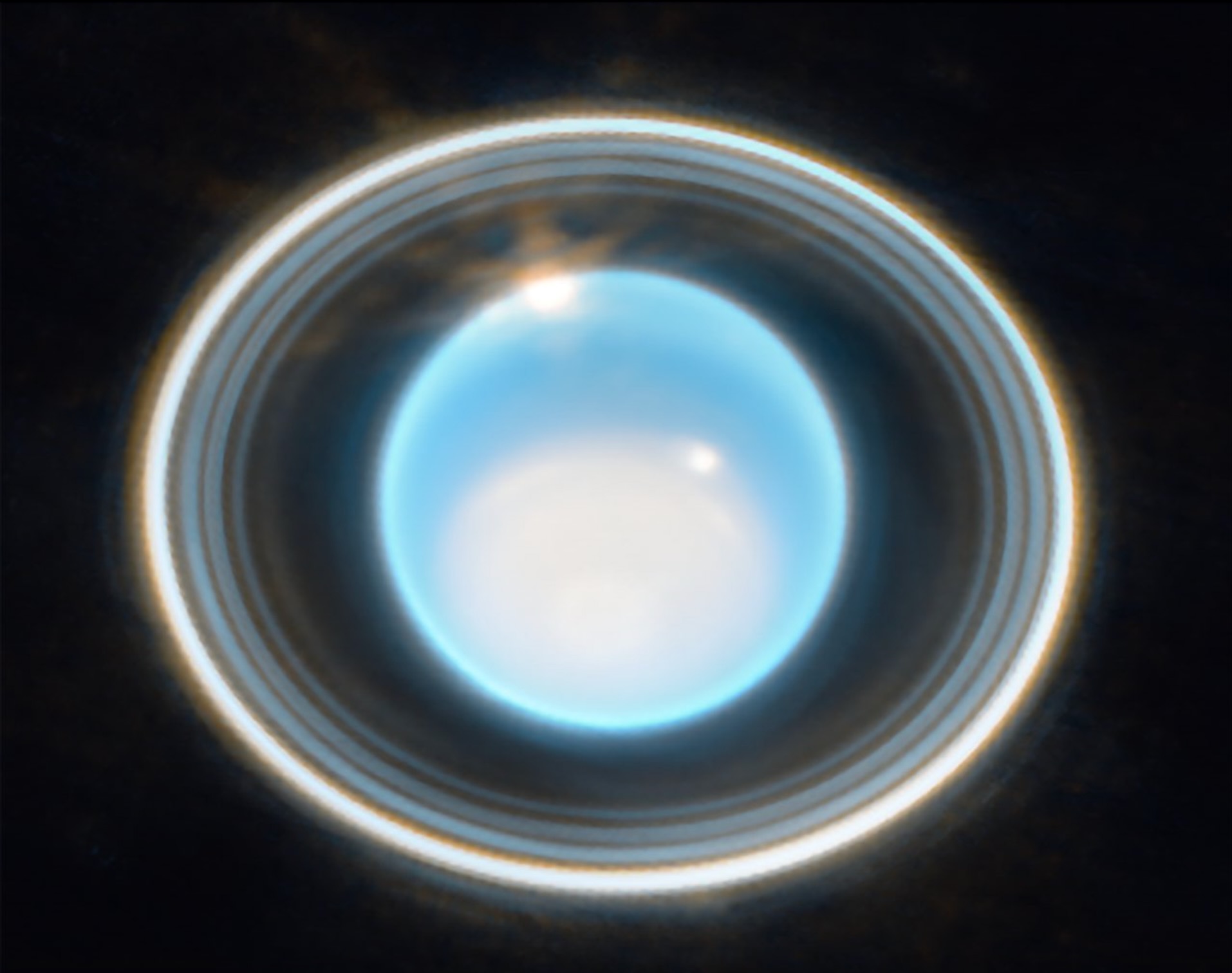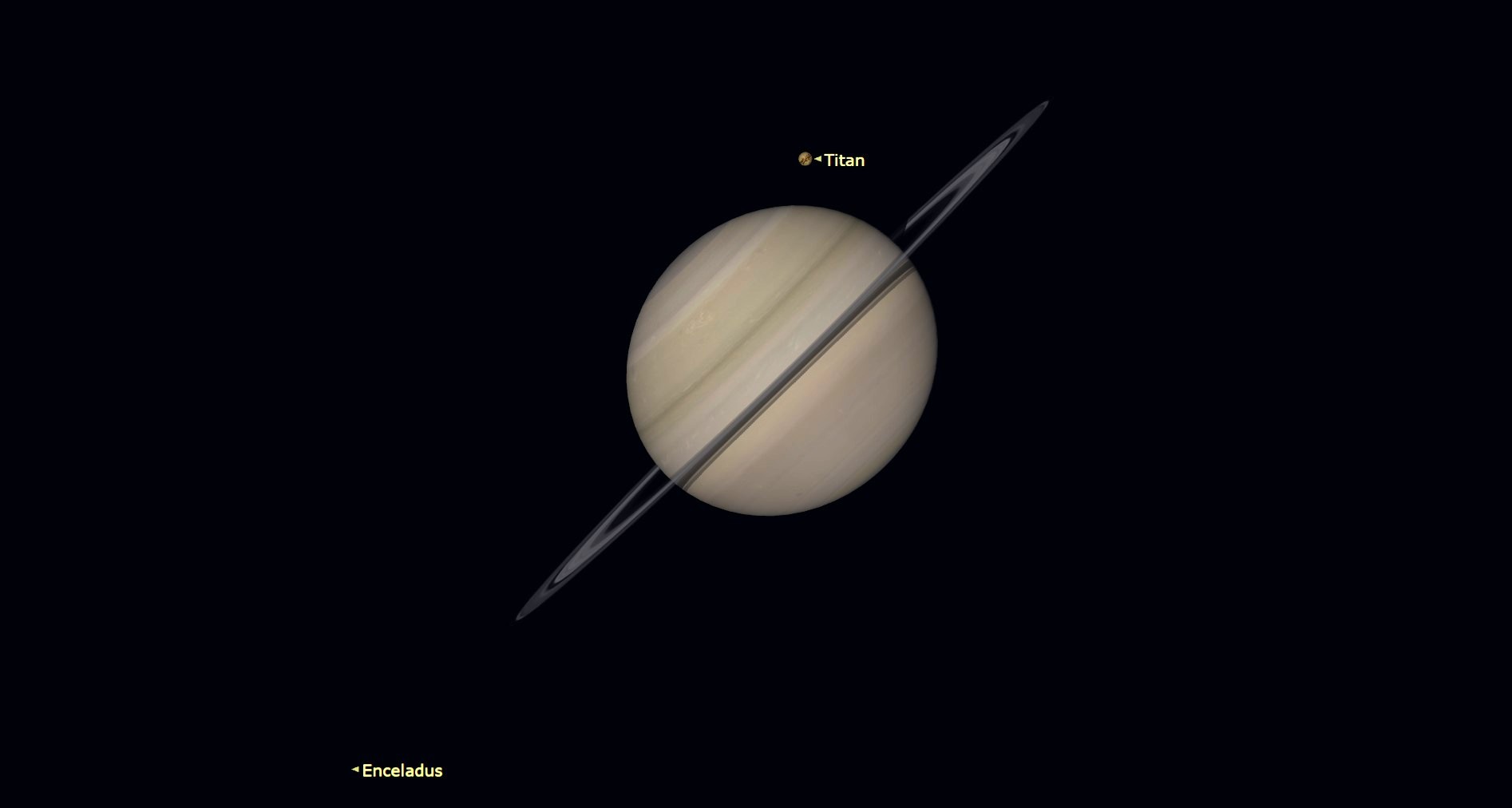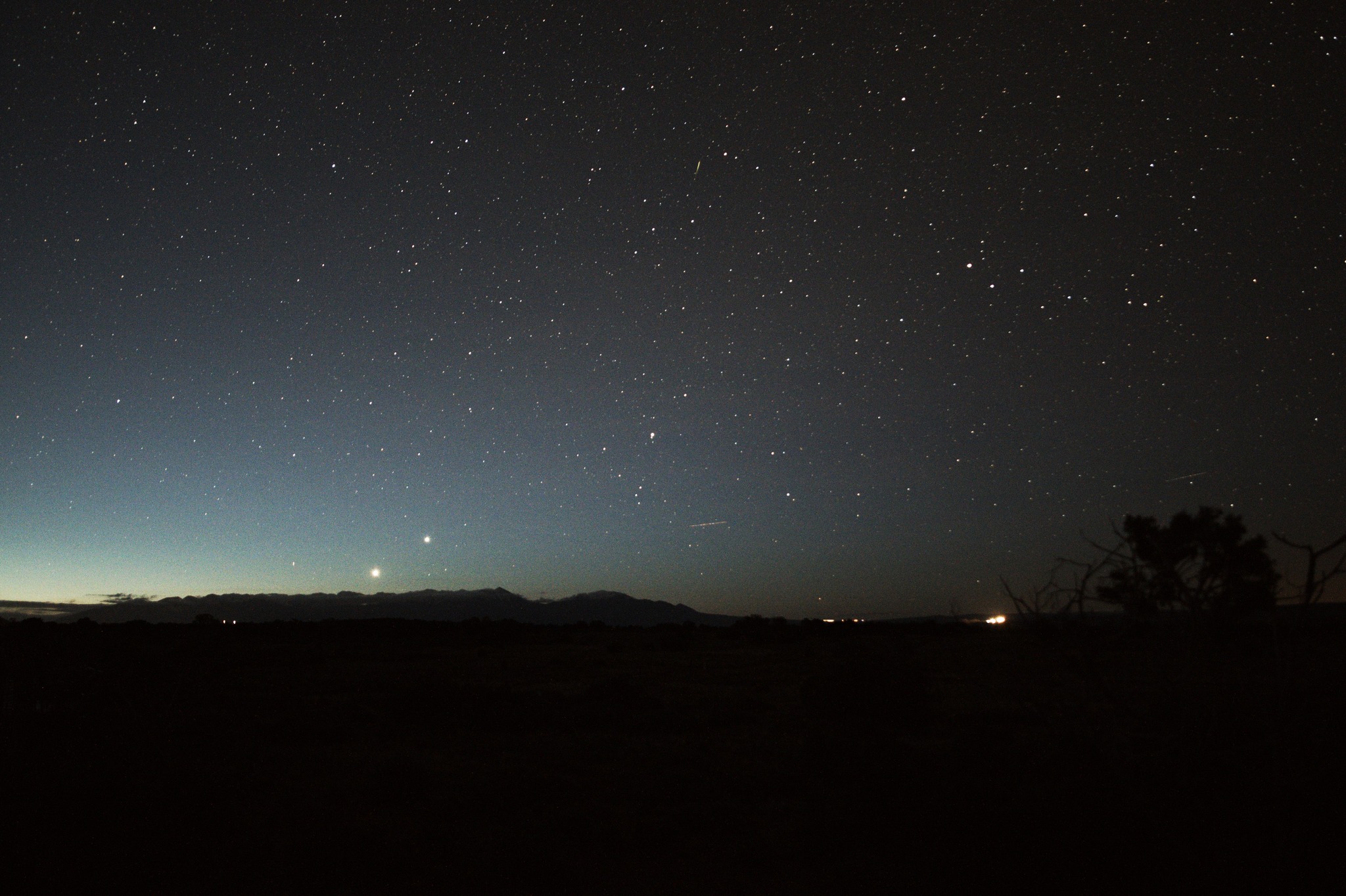
One of things that I have enjoyed in my more than 22 years of writing the Night Sky column for Space.com is alerting readers to hoaxes or celestial falsehoods that are widely circulated on the internet.
While I have done my best to steer readers clear of such fallacies, I'm still amazed about just how many people take them as fact. In recent years, some of these claims that have spread widely online have been pretty much off the wall. So much so that you would think that very few, if any in our modern, technological 21st century world, would be fooled.
But in reality — and I guess because today most folks are driven by the mantra that "If it's on social media it must be true" — a surprisingly large number of people end up bamboozled and take these promotions at face value.
And then, unfortunately, they widely circulate them to family and friends.
Related: What equipment do you need to see and photograph the planets
Previous celestial shams
The most famous, of course, was the annual "Mars Hoax," which for about a decade reared its ugly head every August. Ever since a historically close approach of the Red Planet to Earth occurred in August 2003, a spurious story circulated online in the years that followed, implying that on a specific night in late August, Mars was to loom in the sky appearing as the same size as the full moon. Totally untrue, of course, yet every year there were countless people who actually believed it was going to happen!
Then in 2015, a widely shared story on the web claimed that Jan. 4, 2015 was "Zero Gravity Day," a date when people on Earth would supposedly be able to experience weightlessness if they jumped into the air at a specific moment. One has to wonder just how many people worldwide actually tried to float on that day.
Get the Space.com Newsletter
Breaking space news, the latest updates on rocket launches, skywatching events and more!
And later that same year, a fake news site reported that the Earth would go dark on Nov. 15, 2015, just before 3 a.m. and then, the eerie darkness was to finally lift on Nov. 30, at 4:45 p.m.
Here we go again

Want to see the planets of the solar system up close? We recommend the Celestron Astro Fi 102 as the top pick in our best beginner's telescope guide.
Every time when such crazy stories appear on the internet, I get inquiries from people wanting clarification ("Is this true?"), or, in the case of the Mars Hoax, questions like: "Where is the best place and time that I can see this?"
To that end, I'm getting a sense of Déjà vu, for in recent days increasing numbers of people have been messaging me regarding a supposed "rare event" supposedly known as the "Parade of Planets" that will be visible before sunrise on June 3rd.
Backing up this claim is a graphic that has been widely circulating, particularly on Facebook, where it has been accompanied by comments, such as:
"That sounds exciting!"
"This is something I have been looking forward to"
"Quite a bit of astral phenomena lately," and
"One more chance to see something extraordinary."
Those last two comments are no doubt referencing the recent solar eclipse and northern lights display.
And now many are under the impression that yet another spectacular celestial event is coming their way on the first Monday of June.
Except that it isn't.
NEWS 🚨: In a rare event, six planets will align in a straight line on Monday (June 3) just before sunrise in the northern hemisphereMercury, Jupiter, Uranus, Mars, Neptune, Saturn will all be visible ✨ pic.twitter.com/1TQHFDTpJCMay 21, 2024
Creator unknown
First let's examine the ersatz graphic in question. There is no reference as to who designed it, it's just simply "out there" for all to see. It shows six planets positioned along a diagonal line running upward from a treescape silhouette horizon (no direction indicated). And the planets are all shown as we would see them through a telescope.
NEWS 🚨: In a rare event, six planets will align in a straight line on Monday (June 3) just before sunrise in the northern hemisphereMercury, Jupiter, Uranus, Mars, Neptune, Saturn will all be visible ✨ pic.twitter.com/1TQHFDTpJCMay 21, 2024
Unfortunately, there is a certain percentage of the population who are unaware that you simply cannot see the planets with the naked eye as disks (as proof, go back to the Mars Hoax) ... nor Saturn's famous rings for that matter. With just your eyes, the brighter planets appear simply as stars that seldom twinkle.
So, people who plan to rise early and step outside on June 3 expecting to see the bloated disk of Jupiter or the rings of Saturn in a single glance will be, at the very least, quite disappointed.
Where are they?
And sighting some of these planets will in itself be problematic.
Mercury and Jupiter for example, will be very close to the position of the sun in the sky and thus likely will be masked by the brilliant glow of morning twilight. Perhaps binoculars will allow you to get a glimpse of these two worlds, but in addition to trying to sight them against the dawn's early light, they will also be exceedingly low to the east-northeast horizon; they both will rise only about a half hour before sunup.
So, unless you have a nice flat horizon, with no obstructions (like distant buildings or trees) you can probably forget making a sighting of the solar system's smallest planet (Mercury) next to the largest planet (Jupiter).
Next comes Uranus, which is visible to the naked eye, but only under very dark, non-light polluted skies; it is, in fact, close to the threshold of visibility for most people without using any optical aid. Of course, to sight an object so faint, you'll need to know exactly where it is in the sky; a good star map will certainly help. But all this is really just a moot point on June 3, since Uranus will rise only about an hour before sunrise, when morning twilight will be well advanced. So, like Mercury and Jupiter, there's no real chance of seeing Uranus either.

Interestingly, whomever created this deceptive sky graphic, left out the most obvious of all celestial sights: the moon. On Monday morning, June 3, early risers will see a lovely waning crescent moon hanging low in the eastern sky. And around 4 a.m. local daylight time, about a half-dozen degrees to its right will be a relatively bright orange light; that will be Mars. At last! A planet that is plainly visible without the aid of binoculars or a telescope.
Next comes the farthest planet from the sun, Neptune, which is much too faint to be perceived with the unaided eye, lying at an average distance from the sun of 2.8 billion miles. It's more than six times dimmer than Uranus. So, no chance of seeing that planet either, unless you have access to a dark sky, a star chart and at the very least a good pair of binoculars or a telescope.
Finally, there is Saturn, which rises in the east-southeast around 2 a.m. But the best view of it comes as the eastern sky is beginning to brighten, when Saturn hangs fairly high in the southeast. Again, the rings are invisible unless you're using a telescope; to the unaided eye Saturn appears as a relatively bright light glowing with a yellowish-white tint.
So, if you step outside at around 3:30 or 4 a.m. on Monday morning, don't expect to be awed by the sight of a planet parade. What you will likely see is a crescent moon and a bright orange "star" shining to its right (Mars) and farther off to the right will be another relatively bright "star" glowing with a yellowish-white hue (Saturn).

Not "rare" at all!
This is not to say that the planets will not be aligned. While you won't be able to see four of them visually (Mercury, Jupiter, Uranus and Neptune) they will all still be out there and indeed positioned along a straight line in space.
That's because all of the planets revolve around the sun along more-or-less the same orbital plane. From here on Earth, that orbital plane is known as the ecliptic and all of the planets appear to travel along it. And it's not particularly rare to see a number of planets lined-up along the ecliptic from our cosmic perspective here on Earth.

Just wait until next winter
And if you want to see a real eye-catching planet line-up — four bright planets plus a lovely waxing crescent moon thrown in as a bonus, all in a single glance — then next winter, be sure to check out the early evening sky shortly after 6 p.m. on either Jan. 31, 2025 and/or Feb. 1.
On that first night, you'll be able to catch the moon sitting to the lower right of Saturn and on the following night the moon will have moved to the lower left of dazzling Venus. Meanwhile, high in the southeast, Jupiter will glow with a brilliant silvery light among the stars of Taurus the Bull, accompanied by the beautiful open star clusters of the Hyades and Pleiades.
And finally, well up in the eastern sky, and forming a conspicuous triangle with the bright stars Pollux and Castor of Gemini, the Twins, will be amber colored Mars, appearing more than six times brighter than it appears to us now.
Compared to all that, the ballyhooed "Parade of Planets" on June 3 can best be described with a single word: underwhelming.
Joe Rao serves as an instructor and guest lecturer at New York's Hayden Planetarium. He writes about astronomy for Natural History magazine, the Farmers' Almanac and other publications.
Join our Space Forums to keep talking space on the latest missions, night sky and more! And if you have a news tip, correction or comment, let us know at: community@space.com.

Joe Rao is Space.com's skywatching columnist, as well as a veteran meteorologist and eclipse chaser who also serves as an instructor and guest lecturer at New York's Hayden Planetarium. He writes about astronomy for Natural History magazine, Sky & Telescope and other publications. Joe is an 8-time Emmy-nominated meteorologist who served the Putnam Valley region of New York for over 21 years. You can find him on Twitter and YouTube tracking lunar and solar eclipses, meteor showers and more. To find out Joe's latest project, visit him on Twitter.









